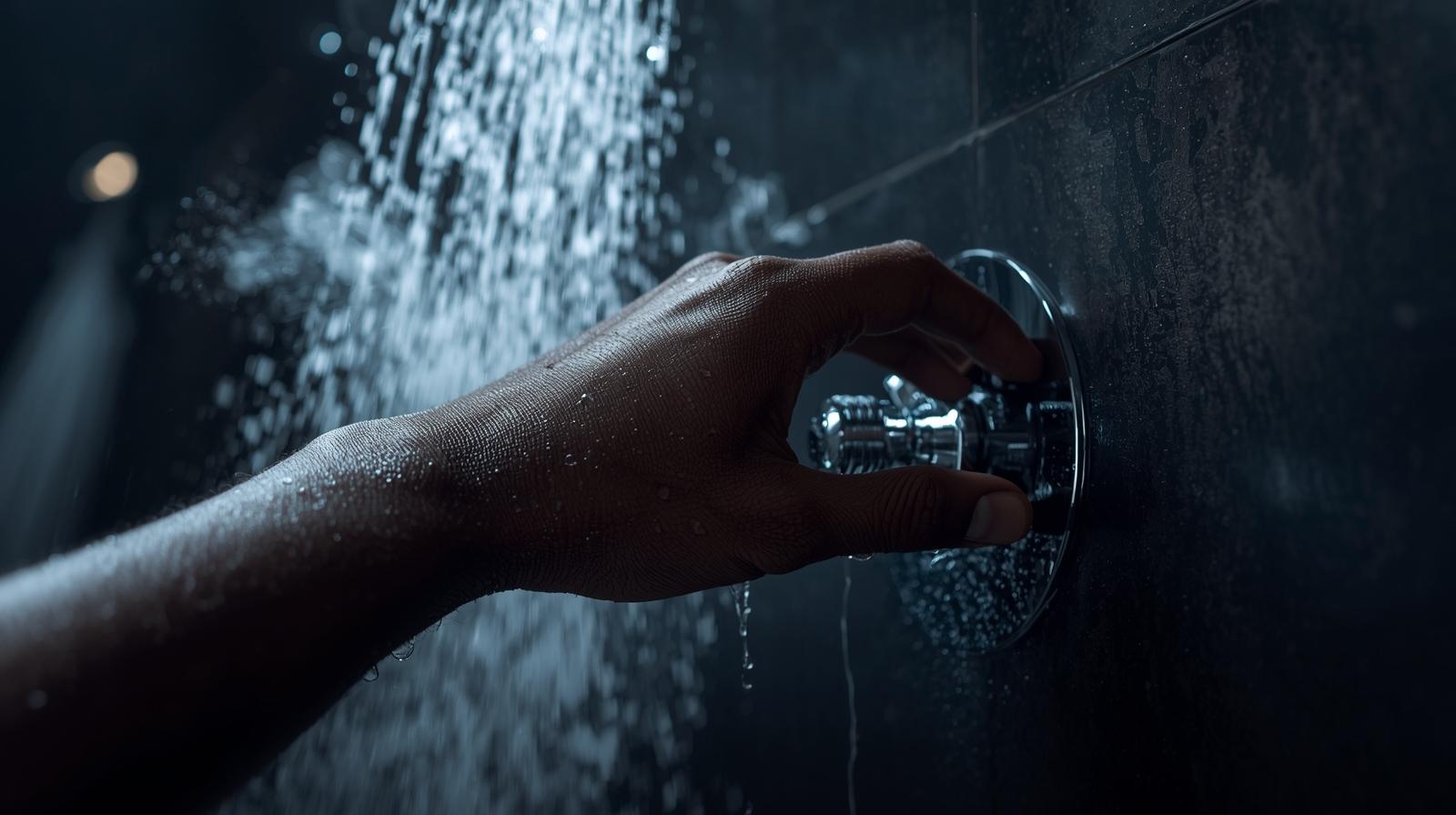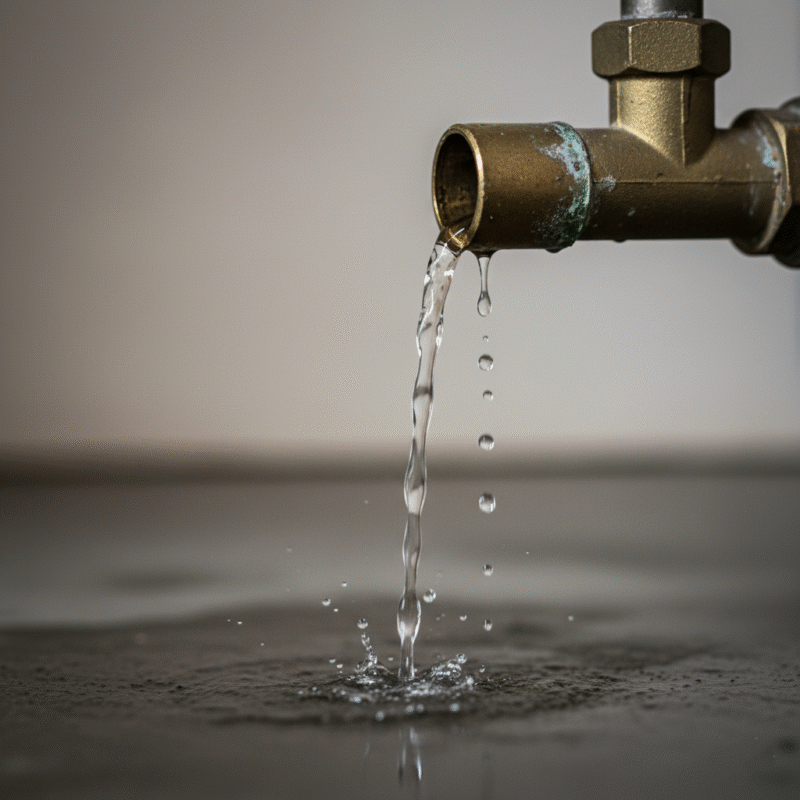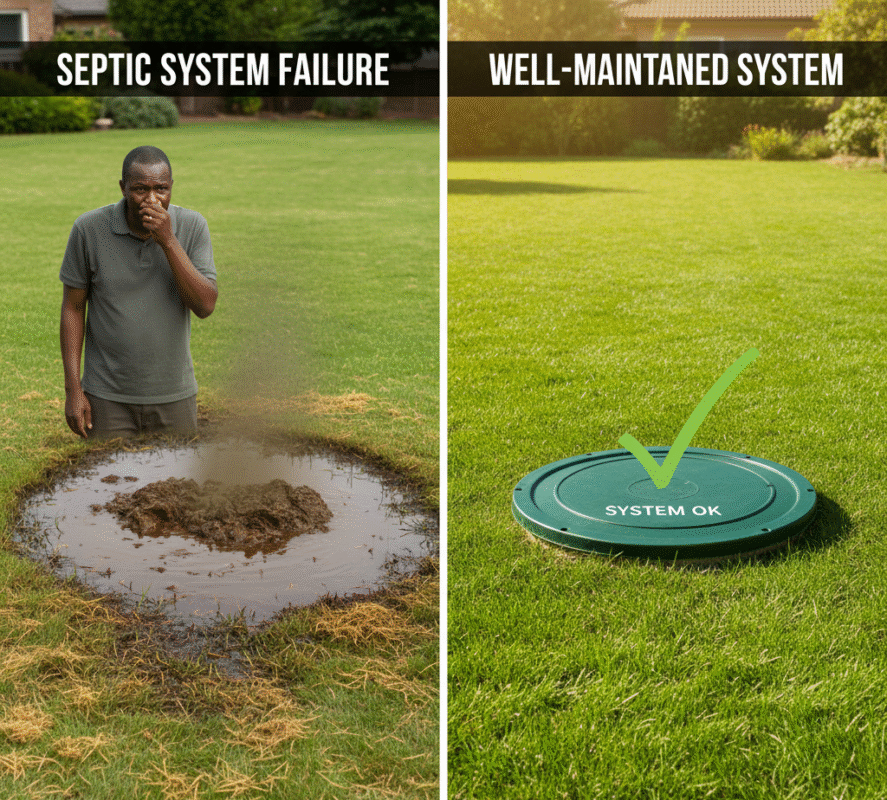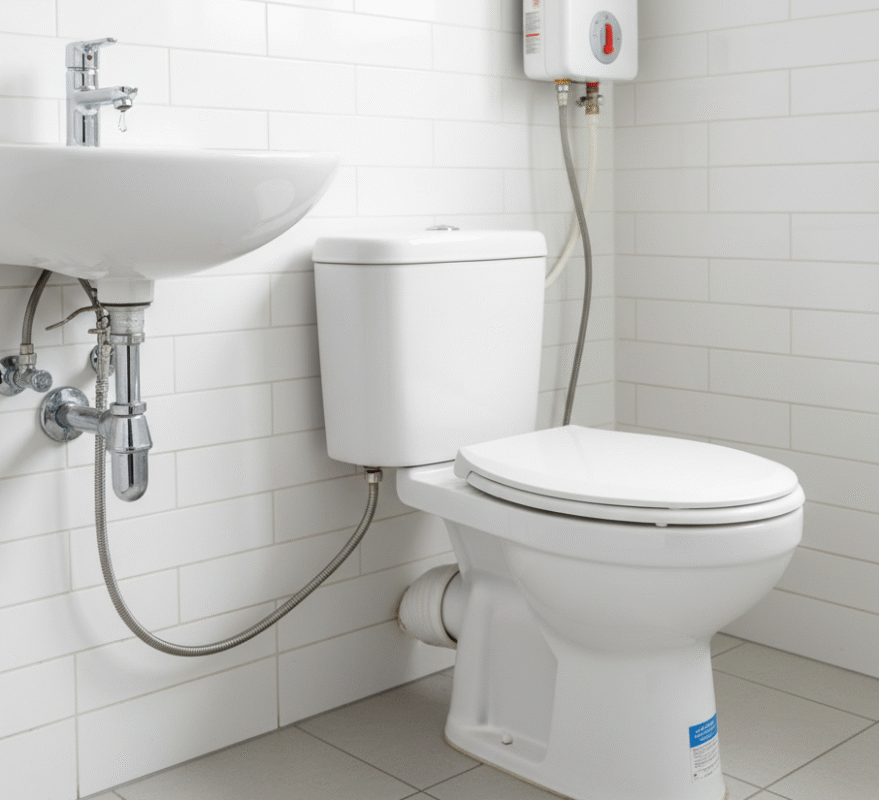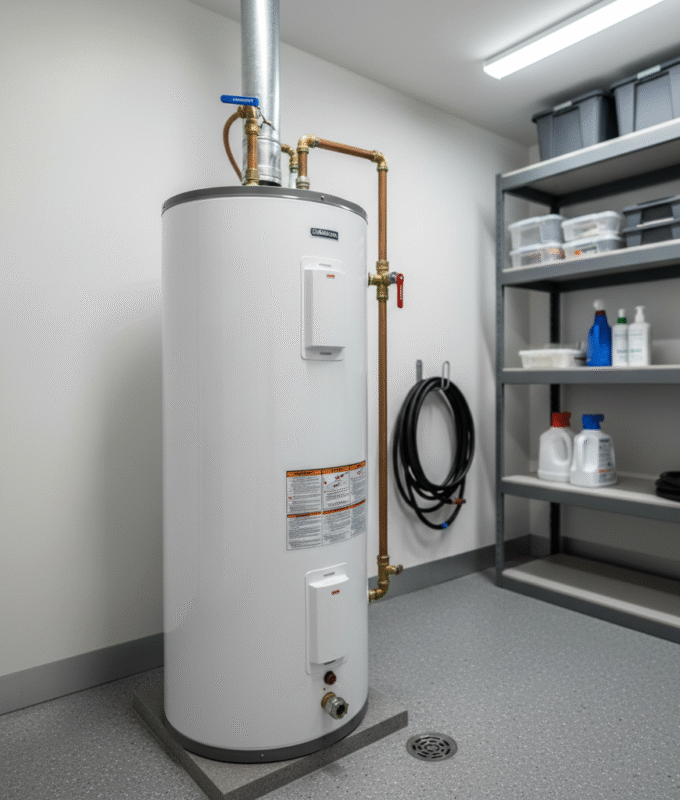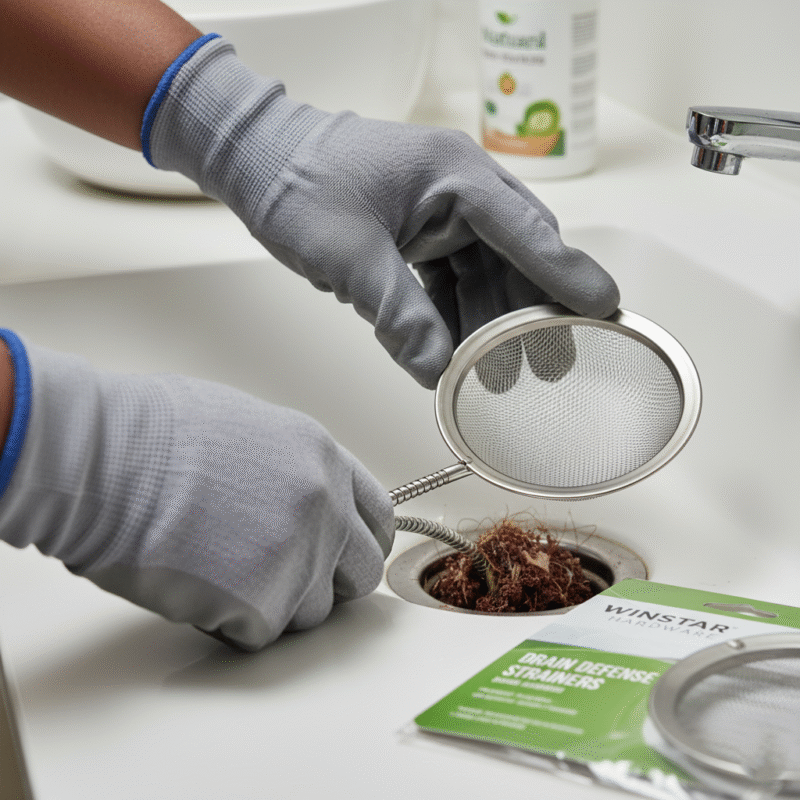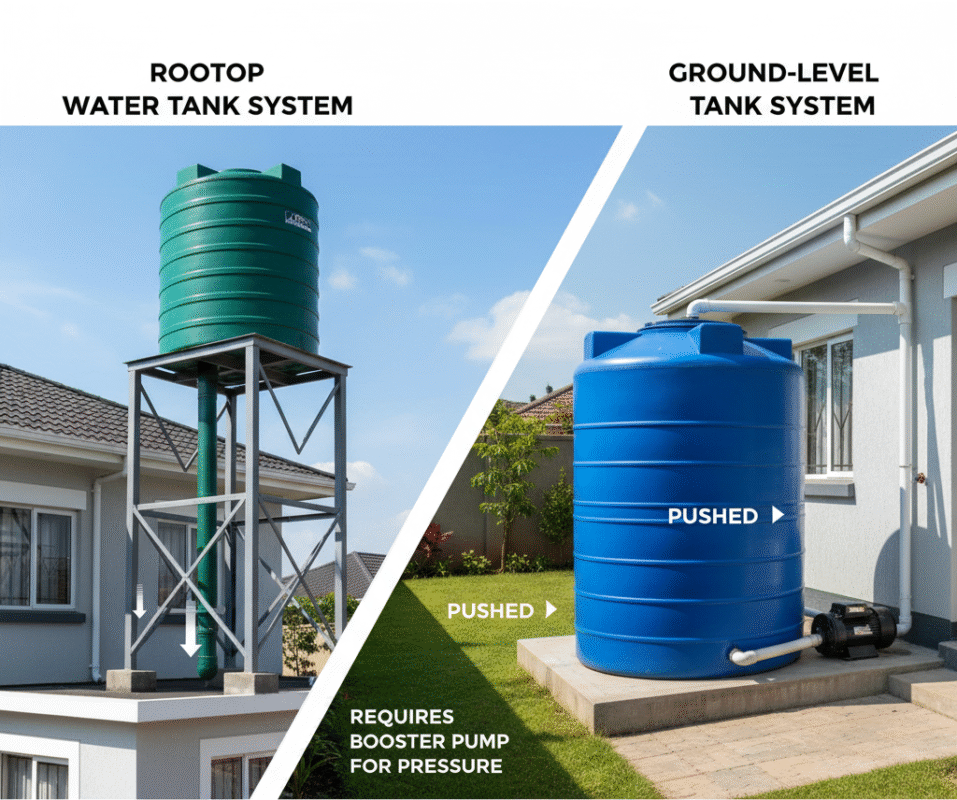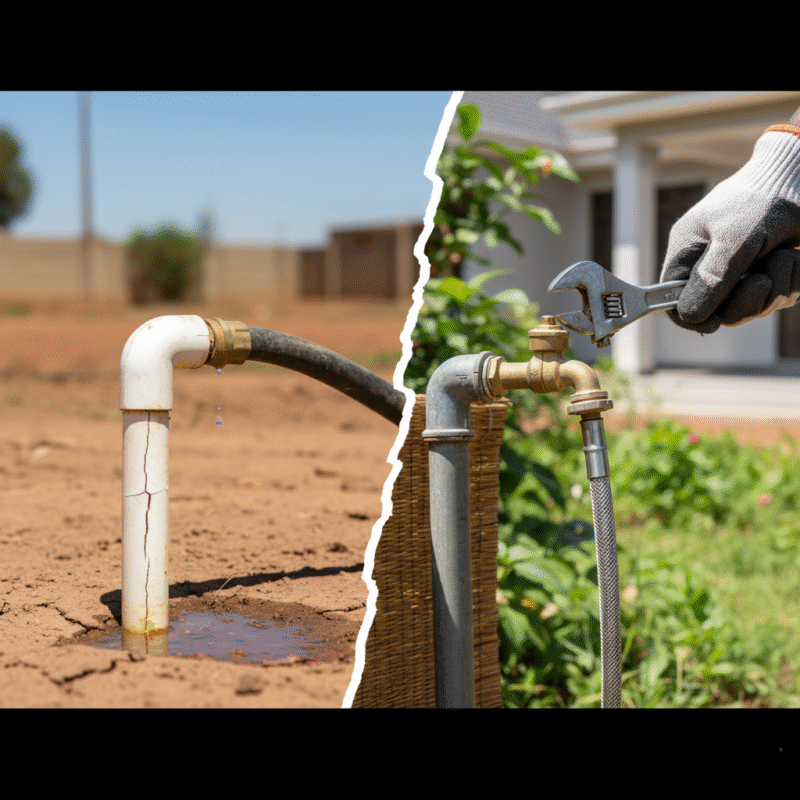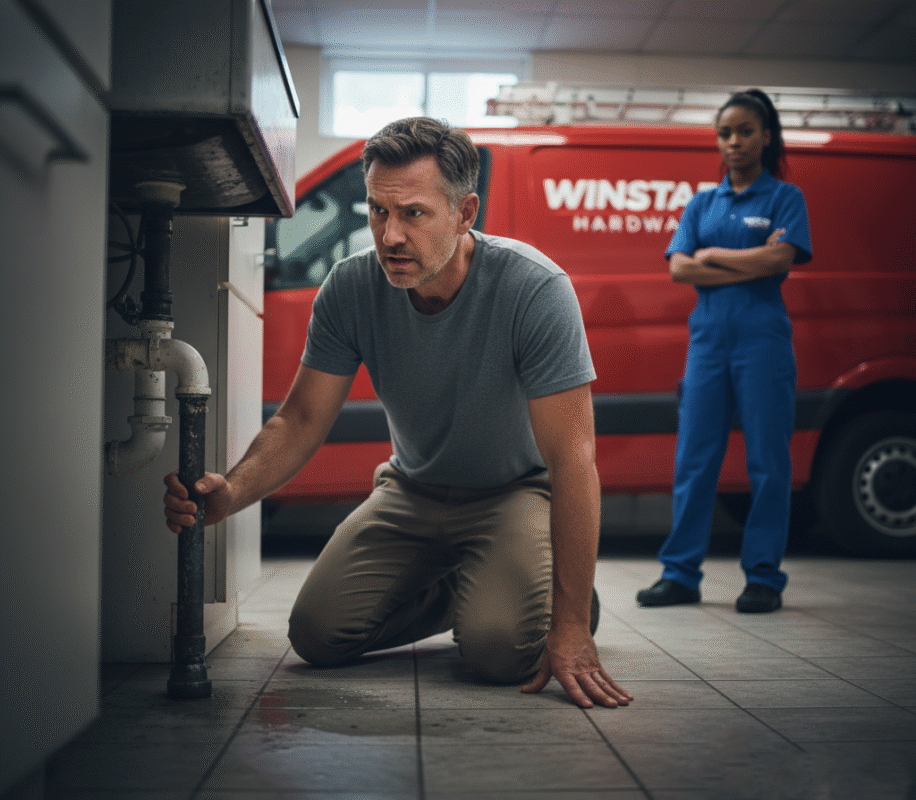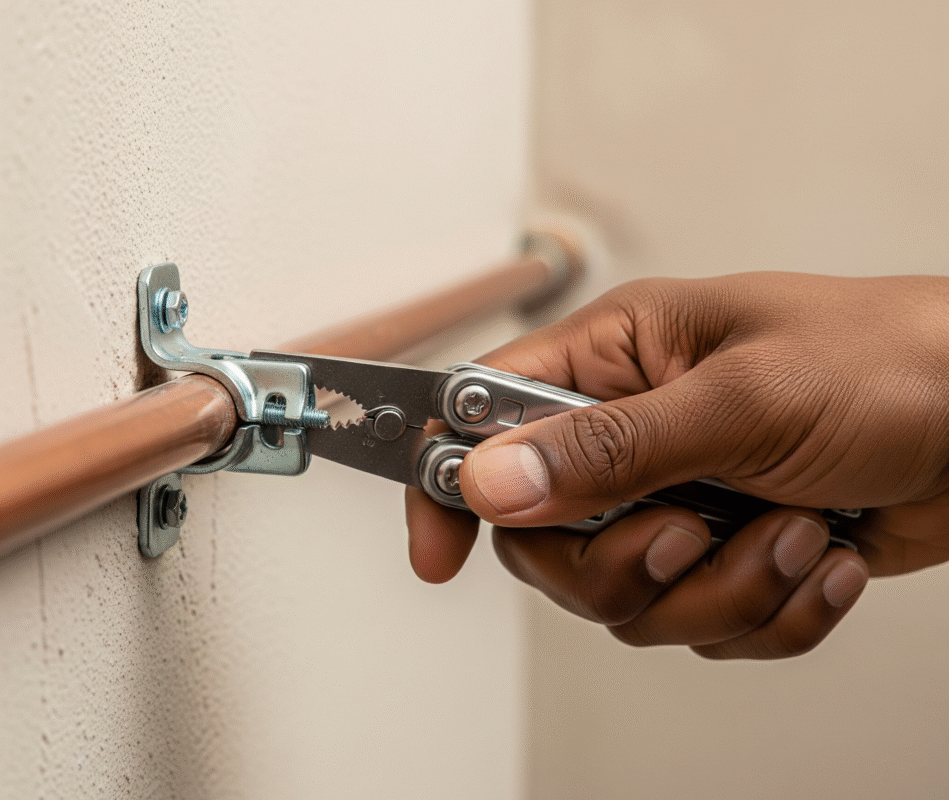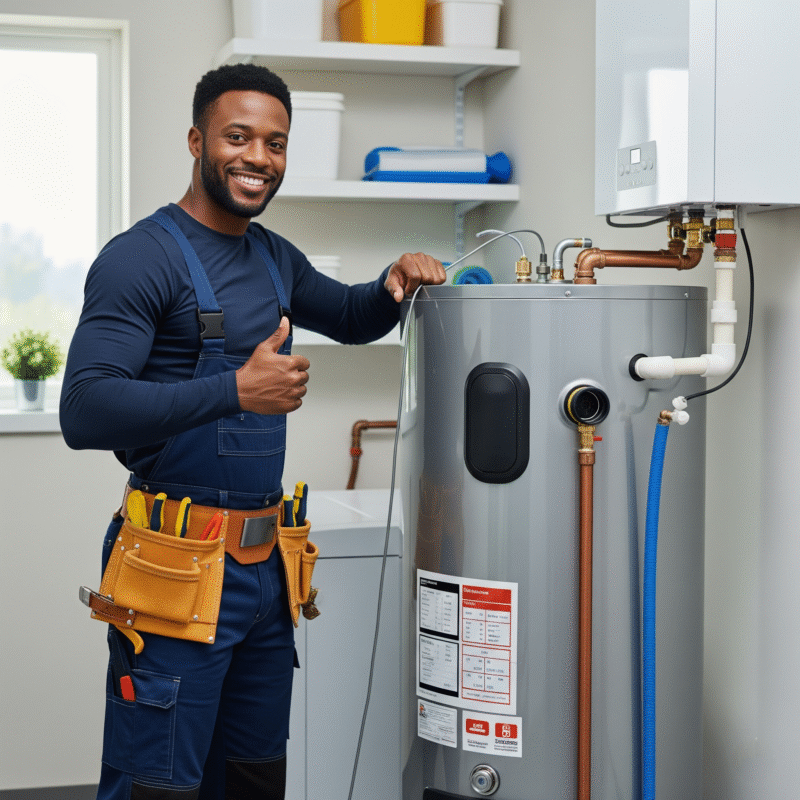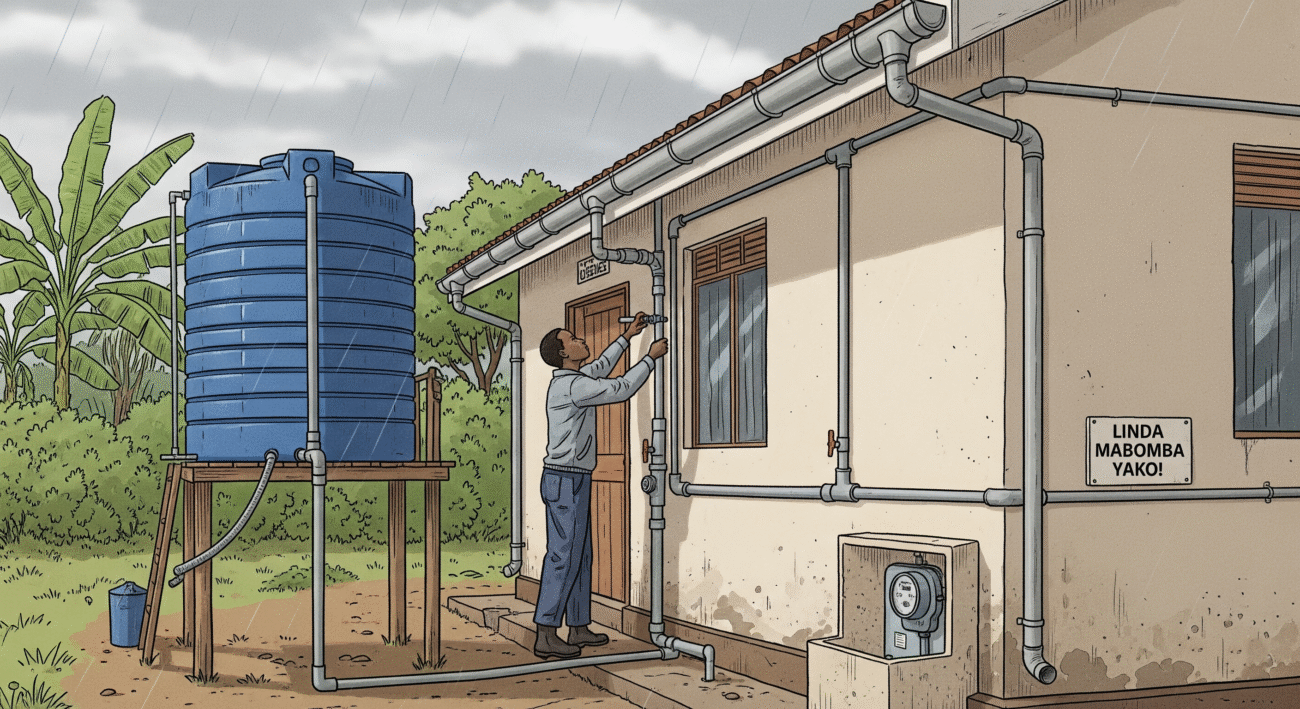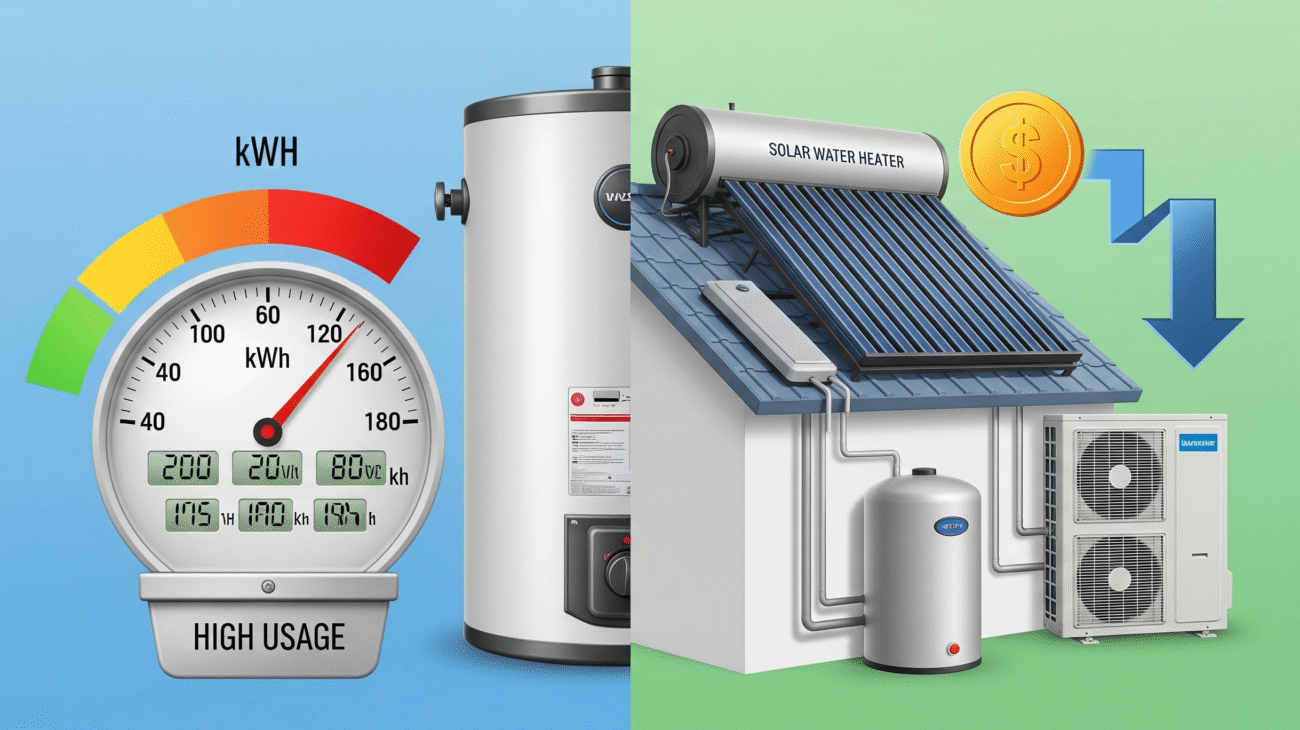There are few plumbing problems more frustrating—or more startling—than turning on your shower expecting a refreshing mix of warm water only to be blasted with scalding hot water. If you’ve ever experienced your shower running with shower only hot water, you know the immediate panic that follows. Not only is this extremely uncomfortable, but it’s a genuine safety hazard, especially for children and the elderly.
In many Kenyan homes, particularly those relying on pressurized systems, geysers, or mixer taps, this issue is a common call for help. The good news is that the cause of shower only hot water is often related to just a few key components. Before you panic and call an expensive plumber for a major repair, there are effective troubleshooting steps and easy DIY fixes you can perform right now.
This essential guide from Winstar Hardware will walk you through the five most common causes of having no cold water in shower, how to diagnose the issue, and the specific parts—available right here at Winstar—you’ll need to fix shower temperature problems yourself.
The #1 Culprit: The Failed Shower Cartridge (Mixer Tap Systems)
The vast majority of cases where you experience shower only hot water are due to a malfunctioning shower cartridge. This small, crucial component is the heart of your mixer tap or single-handle shower valve.
What is the Shower Cartridge?
The cartridge is a cylindrical valve mechanism inside the shower handle. Its job is twofold:
- It controls the volume (how much water flows).
- It controls the ratio of hot water to cold water (the temperature mix).
In systems common across modern Kenyan housing—the single-handle mixer—the cartridge is what shifts when you turn the handle left or right.
The Breakdown: Why the Cartridge Causes Only Hot Water
The cartridge contains internal seals, O-rings, and pistons that can fail due to one of two reasons:
- Mineral Buildup (Limescale/Hard Water): Kenya, particularly in areas like Nairobi, Mombasa, and parts of the Rift Valley, has hard water. The high mineral content leads to the buildup of limescale inside the cartridge. This corrosion can block the small entry point for the cold water supply, preventing cold water from entering the mix chamber. The result? Shower only hot water.
- Worn-Out Seals: Over time and heavy use, the seals within the cartridge degrade, causing the internal components to shift or seize in a position that favors the flow of hot water.
DIY Fix: Replace Shower Cartridge
Replacing the cartridge is one of the most common and effective easy DIY fixes for a shower only hot water problem.
Winstar Hardware Step-by-Step Cartridge Replacement:
- Shut Off Water Supply: This is critical. Turn off the main water supply to your house or, if possible, the isolation valves specifically for the shower/geyser line (often found under the sink or in the bathroom access panel).
- Access the Cartridge: Remove the shower handle cap, unscrew the handle, and remove any decorative trim plate. You will see the valve body and the cartridge held in place by a retaining clip or nut.
- Remove the Old Cartridge: Remove the retaining clip (usually a horseshoe-shaped metal piece) using needle-nose pliers. Use a cartridge puller (available at Winstar Hardware) or carefully rock the cartridge back and forth with locking pliers to slide it out. Note the exact orientation of the old cartridge before removal.
- Install the New Cartridge: Insert the new cartridge, ensuring it’s oriented exactly like the old one (this prevents cross-flow issues). Replace the retaining clip and reassemble the handle and trim.
- Test: Slowly turn the water supply back on and test the shower temperature.
When shopping for a replacement, bring the old cartridge with you! There are hundreds of types, and matching the old one is the only way to ensure compatibility.
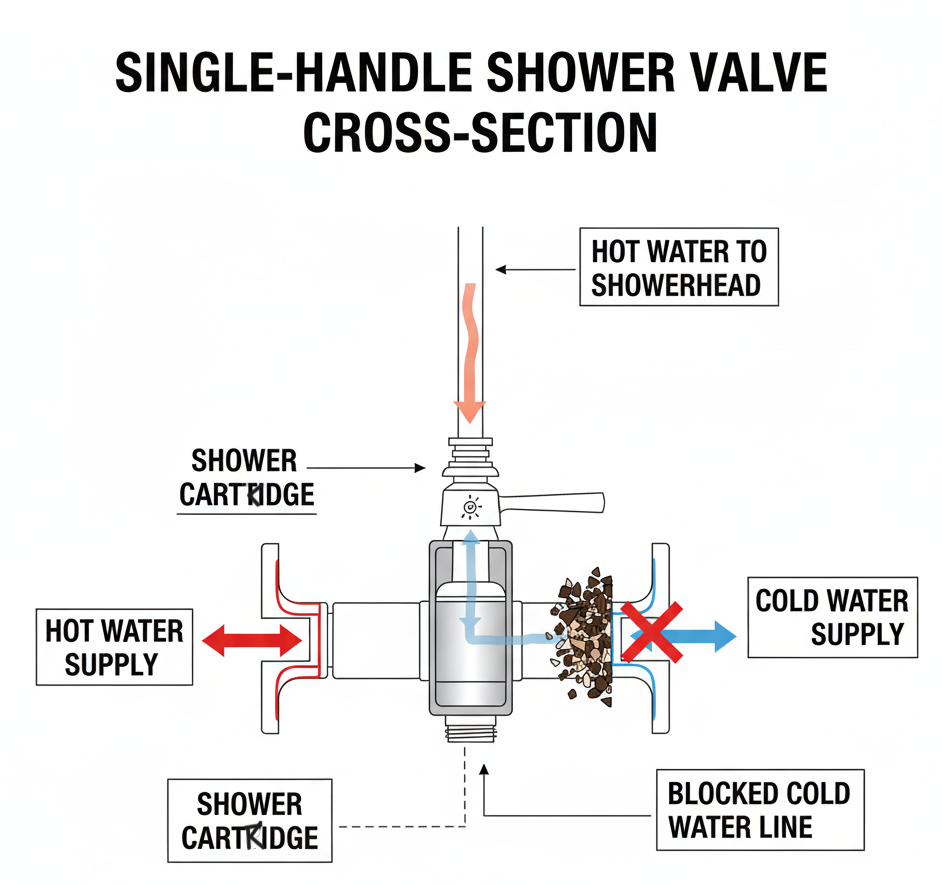
The Safety Feature: The Anti-Scald Device (Temperature Limit Stop)
A very common and easily overlooked cause of no cold water in shower is a simple calibration error or shift in the anti-scald feature, also known as the temperature limit stop.
What is the Anti-Scald Device?
The anti-scald device is a small plastic component or dial located right beneath your shower handle. It is a mandatory safety feature in many modern valves, designed to prevent the handle from turning far enough to reach dangerously hot temperatures (typically limiting it to 120∘F or 49∘C).
The Breakdown: Miscalibration
Sometimes, during an unrelated plumbing repair, deep cleaning, or even through rough usage, this limit stop gets nudged or reset incorrectly, significantly lowering the maximum amount of cold water that can enter the mix. If it’s set too conservatively, it restricts the range of motion on the handle, making it impossible to blend in enough cold water, leading to shower only hot water.
DIY Fix: Anti-Scald Device Adjustment
This is the fastest and easiest easy DIY fix to try first.
- Remove Handle: As with the cartridge fix, pop off the handle cap and unscrew the handle.
- Locate the Stop: Look for a plastic dial or collar directly on the valve stem or cartridge housing. This is your temperature limit stop.
- Adjust the Stop: The stop usually has teeth. You need to rotate it (typically counter-clockwise) by one or two teeth. This increases the total range of motion for the handle, allowing you to turn the handle further towards the cold side.
- Test: Replace the handle and test the temperature. If the water is still too hot, repeat the process and adjust the stop another notch.
If you live in an apartment or townhome complex with centralized hot water, building management may have intentionally set this device very low to comply with safety codes. If your system runs too hot, this adjustment is essential.
The Pressure Balancing Valve
If your home’s water pressure fluctuates—for instance, if your flush a toilet while someone is showering—you need a pressure-balancing valve to avoid sudden temperature swings. A failure here is a key cause of shower only hot water.
What is the Pressure Balancing Valve?
This valve is typically built directly into the shower valve body. It contains a spool or piston that constantly monitors the pressure of both the hot and cold water supplies. If one supply suddenly drops (e.g., someone opens a cold tap elsewhere), the valve instantly restricts the pressure of the other supply to maintain a safe and consistent temperature ratio.
The Breakdown: Failure to Balance
If the piston inside the pressure balancing valve gets stuck (often due to mineral deposits or debris), it can lock up in a position that restricts the cold water flow, regardless of how much cold pressure is actually available. If the piston is restricting cold flow while hot flow remains strong, you get shower only hot water.
DIY Fix: Cleaning or Replacing the Pressure Balancing Valve
While this is slightly more complex than a standard cartridge swap, it’s often doable.
- Isolate Water: Shut off all water supplies.
- Access the Valve: This component is typically located behind the shower trim. You may need to remove the main shower cartridge (as detailed in section 1) to access the balancing spool directly behind it.
- Inspect and Clean: Carefully remove the piston/spool (it may slide out with pliers). Inspect it for any visible mineral buildup or debris. You can soak the brass or metal parts in a solution of vinegar for a few hours to dissolve deposits.
- Replace: If cleaning doesn’t work, the seals may be shot, and you’ll need a pressure balancing valve repair kit specific to your shower model. Replacement simply involves inserting the new component and reassembling.
This fix usually requires identifying the manufacturer of the visible shower trim (e.g., Moen, Grohe, etc.) to get the correct replacement part. Always photograph the internal parts before removing them! This is a crucial step in shower valve troubleshooting. For a visual guide, watch this video on pressure balancing valve repair.
| Symptom | Most Likely Cause | DIY Part Needed |
| Only Hot Water | Cartridge/Valve Failure | Replacement Cartridge |
| Hot Water in Cold Pipes | Cross-Connection or Failed Check Valve (Geyser) | Check Valve or Mixing Valve |
| Max Temp Too Low | Anti-Scald Limit Stop | No part needed (Adjustment) |
| Temp Fluctuates Wildly | Pressure Balancing Valve | Balancing Spool/Kit |
The Geyser Issue: Cross-Connection (Common in Kenyan Plumbing)
This cause is particularly relevant to Kenyan homes that use individual hot water tanks (geysers) or instant electric heaters, as these systems often rely on external plumbing for mixing and pressure regulation.
What is a Cross-Connection?
A cross-connection is when high-pressure hot water pushes its way into the cold water supply line. This happens when there is a pressure imbalance or, more often, a faulty component fails to keep the two lines isolated.
The Breakdown: Failed Check Valves or Mixer Taps
- Failed Check Valve (Geyser): Your geyser or instant heater system should have a check valve (also called a non-return valve) on the hot water outlet pipe. Its sole job is to prevent hot water from reversing its flow back into the cold line. If this valve fails, high-pressure hot water can back-feed into the cold line, causing the entire house—and specifically the cold side of your shower—to run hot.
- Faulty Single-Handle Faucet: A worn-out cartridge in a sink faucet elsewhere in the house (like the kitchen or bathroom vanity) can also act as a cross-connection point, allowing the high-pressure hot water to leak into the cold line and affect the shower.
DIY Fix: Inspecting and Replacing Check Valves
This requires inspecting the plumbing near your geyser.
- Confirm Cross-Connection: Turn off the main water supply and then open a cold water tap. If the tap immediately runs dry, there is no cross-connection. If hot water continues to drip or flow for a while from the cold tap, you likely have a cross-connection issue.
- Inspect the Geyser Plumbing: Locate the check valve near your geyser’s hot water outlet. If it’s a brass component and you suspect failure, you must shut off the geyser power, drain the tank, and replace the faulty valve.
- Check Other Faucets: If the geyser plumbing looks fine, inspect all other single-handle faucets in your house. A simple replace shower cartridge (or sink cartridge) on a faulty fixture can solve your shower only hot water problem elsewhere.
Due to the risk of electric shock and working with pressurized hot water, working on the geyser’s plumbing is often best left to a qualified, registered Kenyan plumber, even if you are capable of the actual component swap. This is a critical step in shower valve troubleshooting.
The Unexpected Obstruction: Debris in the Cold Water Line
Sometimes, the cause of no cold water in shower is simply a clog right at the valve, preventing the cold supply from reaching the mixing chamber.
The Breakdown: Debris Blockage
When plumbing work is done in your area, or if your house plumbing is older (common in established Nairobi or Mombasa estates), small particles of rust, pipe scale, dirt, or construction debris can break free and travel through the water lines.
The smallest point in the entire shower system is often the water inlet leading to the cartridge. If a piece of debris lodges itself in the cold water inlet just before the cartridge, the flow is blocked entirely. The hot water flows freely, but there is no cold water in shower to temper it.
DIY Fix: Clearing the Cold Water Inlet
This is an extension of the cartridge replacement process but focuses on the pipework itself.
- Remove Cartridge: Follow steps 1-3 from the Cartridge Replacement guide section.
- Inspect the Valve Body: Once the cartridge is removed, shine a strong flashlight into the valve body where the cartridge seats. You will see three holes: one for hot water, one for cold water, and the mixed water outlet to the showerhead.
- Clear the Inlet: Use a small piece of stiff wire (like a paper clip that has been straightened) or a thin screwdriver to gently probe and clear the cold water inlet opening. Be careful not to damage the brass body.
- Flush: Temporarily and quickly turn the main water supply on for a second or two (stand clear, as water will shoot out!) to flush any remaining debris out of the cold line and into the shower cavity.
- Reassemble: Replace the cartridge, retainer clip, and handle.
You can also use a mixture of vinegar and water with an old toothbrush to gently scrub the inside of the valve body to remove any fine limescale residue causing the partial blockage. This proactive step helps avoid costly plumbing repairs later.
Expert Shower Valve Troubleshooting: When to Call a Pro
While most shower only hot water problems can be solved with a simple anti-scald device adjustment or a quick replace shower cartridge, some issues demand professional expertise. If you’ve tried the DIY fixes for all five causes and still have no cold water in shower, it’s time to call a licensed Kenyan plumber.
When to Call Winstar Hardware for a Recommended Plumber:
- Whole-House Problem: If all of your cold taps are running hot (not just the shower), the issue is likely with your water heater, your main supply lines, or a cross-connection at the main level, which requires detailed diagnostics.
- Pipe Corrosion: If your home has very old galvanized steel piping, internal corrosion or blockages may require re-piping. No amount of cartridge swapping will help.
- Hidden Leaks: If you hear water running in the walls or see damp spots, you may have a pressurized leak that is disrupting the balance. This requires wall demolition and pipe repair.
- Thermostatic Valve: If you have a high-end thermostatic shower valve (common in new, luxury Kenyan construction) and it fails, the repair often requires specialized knowledge and tools.
Remember, a professional plumber will be able to pinpoint the problem quickly, confirm if a pressure balancing valve repair is needed, and guarantee the safety of the final fix.
Summary of Easy DIY Fixes for Shower Only Hot Water
| Cause | Diagnosis | Easy DIY Fix (Parts Needed) |
| Failed Cartridge | All temperatures run hot, little to no cold water flow. | Replace shower cartridge (New Cartridge) |
| Anti-Scald Limit Stop | You can’t turn the handle fully to the cold side. | Anti-scald device adjustment (None) |
| Pressure Balancing Valve | Temperature spikes when a toilet flushes or another tap runs. | Pressure balancing valve repair kit (Spool/Piston) |
| Cross-Connection | Cold taps elsewhere in the house also feel lukewarm/hot. | Replace check valve near the geyser (Check Valve) |
| Debris Blockage | Sudden, complete lack of cold water after construction or maintenance. | Clear cold water inlet in the valve body (Thin wire/screwdriver) |
Conclusion: Take Control of Your Temperature
Dealing with shower only hot water is more than just an annoyance; it’s a daily safety hazard. By understanding the five primary causes—from a faulty shower cartridge to a stuck pressure balancing valve—you can tackle the majority of these issues with confidence.
At Winstar Hardware, we are your trusted source for all the components you need, from replacement cartridges for common Kenyan plumbing systems to the tools required to perform a successful easy DIY fix. Stop suffering through scalding showers. Embrace proactive shower valve troubleshooting, fix shower temperature issues today, and enjoy the perfect, balanced shower you deserve.
Visit your nearest Winstar Hardware branch or shop online for all your plumbing repair parts and expert advice!


